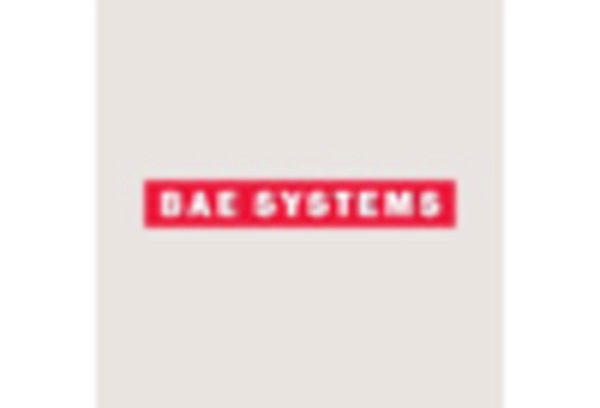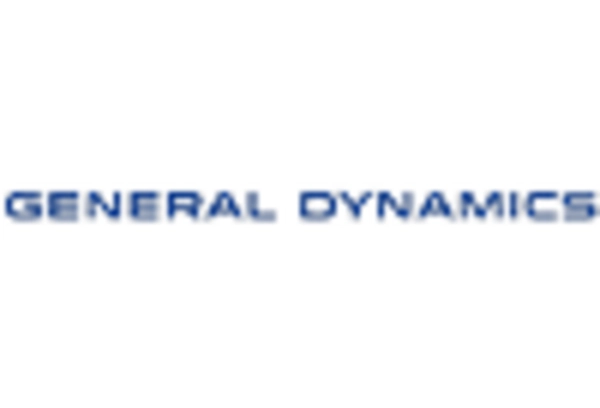For Instance, April 2023 TSMC is partnering with Bosch and other European manufacturers to build a 28nm fab in Saxony, Germany, for the automotive industry, despite concerns about national security. The new plant will help address the automotive chip shortage but won't meet the advanced chip needs of the defense industry. Germany lacks a clear semiconductor strategy, and there could be pushback on changing the fab to produce more advanced nodes. However, the global supply chain allows defense contractors in Germany to purchase advanced components from a diversified supplier with a large e-commerce platform.
For Instance, April 2023 Brazil began to establish a relationship with China's technology industry, despite efforts from the United States to discourage Brazil from partnering with China. During a meeting between Chinese Premier Xi Jinping and Brazilian President Luiz Inácio Lula da Silva, they agreed to form a working group to pursue semiconductor production in South America. They also signed 15 agreements to promote joint research and development in various technologies, including satellite rainforest monitoring, 5G communication, internet, and security services.
For Instance, In March 2023 Infineon Technologies, a global technology company that designs and manufactures semiconductors and system solutions, has announced that it has reached a definitive agreement to acquire GaN Systems, a company that specializes in the production of gallium nitride (GaN) power semiconductors. The acquisition will be executed through a cash payment of $830 million.
For Instance, December 2022 L3Harris, a company that works in defense and aerospace, has purchased Aerojet Rocketdyne, a manufacturer that produces propulsion systems and rocket engines for military weapons, ballistic missiles, and space vehicles. This acquisition involves the merging of two companies that operate in related but distinct industries, which is known as a horizontal integration.
For Instance, In October 2022 The American Semiconductor Innovation Coalition (ASIC) plans to present its proposal for the $11 billion investment in semiconductor manufacturing. The plan involves utilizing existing resources, such as the Albany NanoTech Complex and SUNY Poly’s College of Nanoscale Science and Engineering, with the involvement of semiconductor partners, including IBM and Samsung. U.S. military researchers are also seeking radiation-tolerant high-voltage transistors for the space industry. The Space Power Conversion Electronics (SPCE) project has been announced by the U.S. Defense Advanced Research Projects Agency (DARPA) to investigate alternatives like gallium nitride (GaN) and silicon carbide (SiC).
For Instance, August 2022 The Defense Advanced Research Projects Agency (DARPA) had awarded BAE Systems' FAST Labs research and development organization a $17.5 million contract for the Generating RF with Photonic Oscillators for Low Noise (GRYPHON) program. The breakthrough technology developed through the program could enable an unprecedented combination of low noise, compact size, and frequency agility for next-generation airborne sensing and communications capabilities.
For Instance, June 2022 Infineon Technologies AG launched the fully programmable motor controllers MOTIX IMD700A and IMD701A. They come in 9 x 9 mm 2 64-pin VQFN packaging, offering the desired integration and higher power density needed in cordless power tools, gardening products, drones, e-bikes, and automated guided vehicles.
For Instance, January 2022 China will form a committee of chipmakers and universities to boost its chipmaking capabilities and cultivate its digital sovereignty, with the involvement of SMIC and Xiaomi. The committee aims to cooperate with companies such as Intel, AMD, Infineon Technologies, and ASML. Meanwhile, Bosch will spend €205 million ($283 million) to expand the production capacity of its Reutlingen fab in Germany to address the global chip shortage and meet growing demand for SiC microelectronics related to vehicle electrification.
For Instance, In September 2021 Intel launched a new range of 11th Gen Intel Core processors, specifically designed for use in military and aerospace applications, with improved performance and power efficiency.
For Instance, In August 2021 Analog Devices completed its acquisition of Maxim Integrated, creating a combined company with a comprehensive portfolio of high-performance analog and mixed-signal products for use in the military, aerospace, and other industries.
For Instance, In July 2021 STMicroelectronics announced that it had launched a new range of radiation-hardened power MOSFETs designed for use in space and other high-reliability applications.
For Instance, In May 2021 Marvell Technology announced that it had acquired Innovium, a provider of high-performance switch silicon solutions for cloud and edge data centers, including military and aerospace applications. The acquisition will enhance Marvell's capabilities in providing high-speed networking solutions for these markets.















Leave a Comment